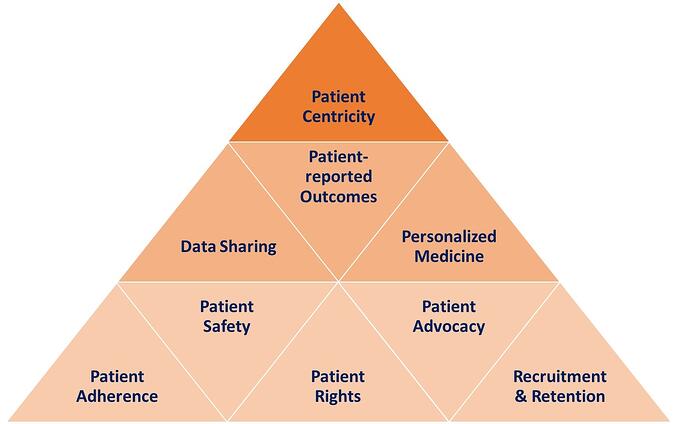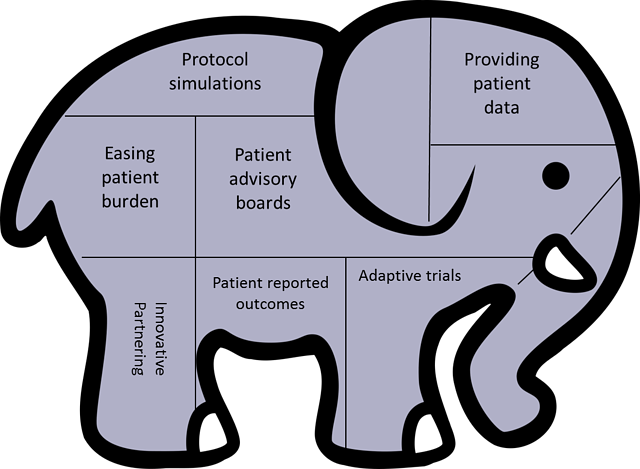Our Blog

Blog Post
Why Depression Studies So Often Fail: Don’t Blame “Placebo Response”
After careful review of internal and external data, as well as published explanations for high “placebo response rates” in clinical depression trials (much of which also applies to clinical trials in general), three factors emerged as being of particular importance because they are easily mitigated by proper trial design, thorough research staff training, and meticulous oversight of study conduct.

Blog Post
Practical Strategies to Simplify Patient Centricity: Part 4—Practical and Easier than You Might Think
This is the fourth in a series of blog posts on putting patient-centric principles into practice. In this post, we focus on the more positive and practical aspects of patient centricity, and how a patient-centered approach can improve our work and reduce our costs. How do we do that?

Blog Post
Practical Strategies to Simplify Patient Centricity: Part 3—Why Patient Centricity, Why Now?
This is the third in a series of blog posts on putting patient-centric principles into practice. Before diving into the practical ramifications of patient centricity, it helps to understand some of the factors responsible for the emergence of this trend. In this post, we examine a few of the driving forces behind patient centricity, and consider consequences for our industry.

Blog Post
Practical Strategies to Simplify Patient Centricity: Part 2—Patient Stories & the Importance of Communication
This is the second in a series of blog posts on putting patient-centric principles into practice. Excellent retention practices, such as those shared in the first article in this series, are a great first step but before we implement them and call it a day, we need to ask ourselves, why are we doing this? Our motivations tend to guide our actions and communications.

Blog Post
Practical Strategies to Simplify Patient Centricity: Part 1—Overview
This is the first in a series of blog posts on putting patient-centric principles into practice. How do you eat an elephant? One bite at a time, right? Specifically, how do we eat the elephant of patient centricity? We can employ simple, actionable, “bite-sized” strategies that will move us closer to a more patient-centric approach.

Blog Post
Key Takeaways from ACRP 2017
This week we attended the 2017 ACRP Annual Meeting in Seattle. Here are some of the key trends, themes, and ideas that we took away from this robust meeting.

Blog Post
Not Just Tiny Humans: Considerations for Conducting Pediatric Clinical Trials
When it comes to the conduct of pediatric clinical trials, there are a number of things you need to consider in order to ensure the successful conduct of a study. While we can’t predict the outcome, planning ahead for appropriate site and subject selection will take you one step closer.

Blog Post
FDA Guidance on Non-Inferiority Clinical Trials to Establish Effectiveness
In November 2016, the FDA released final guidance on Non-Inferiority Clinical Trials to Establish Effectiveness providing researchers guidance on when to use non-inferiority trials to demonstrate effectiveness along with how to choose the non-inferiority margin, test the non-inferiority hypothesis, and provide interpretable results. This article provides background on a non-inferiority trial design along with assumptions and advantages and disadvantages of the trial design.

Blog Post
Six Things to Consider When Selecting a CRO for your next Pain Trial
Pain trials are unique among clinical trials, and it is important to select a clinical research partner that understands and embraces the many differences. There are several key factors to consider when choosing a CRO to work with on your next pain trial.

Blog Post
An Interactive Suite of Data Visualizations for Safety Monitoring
This is the fourth in a series of posts introducing open source tools Rho is developing and sharing online. To improve safety monitoring, we created a suite of interactive data monitoring tools we call the Safety Explorer. Safety Explorer can be configured to include a variety of charts specific to each study.
